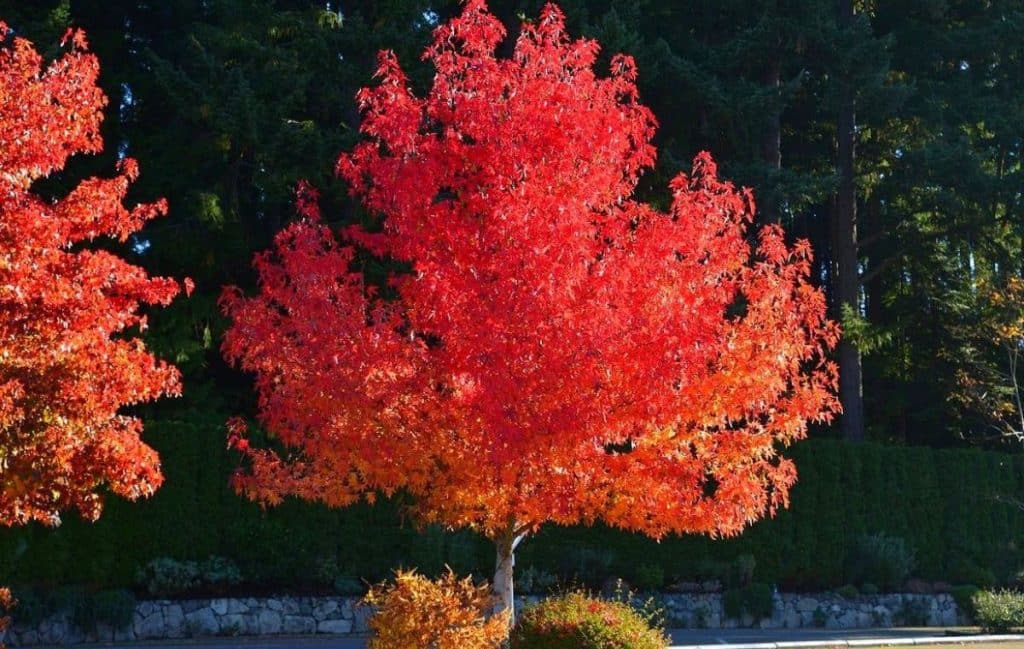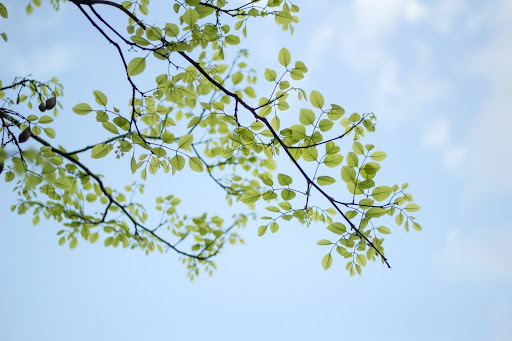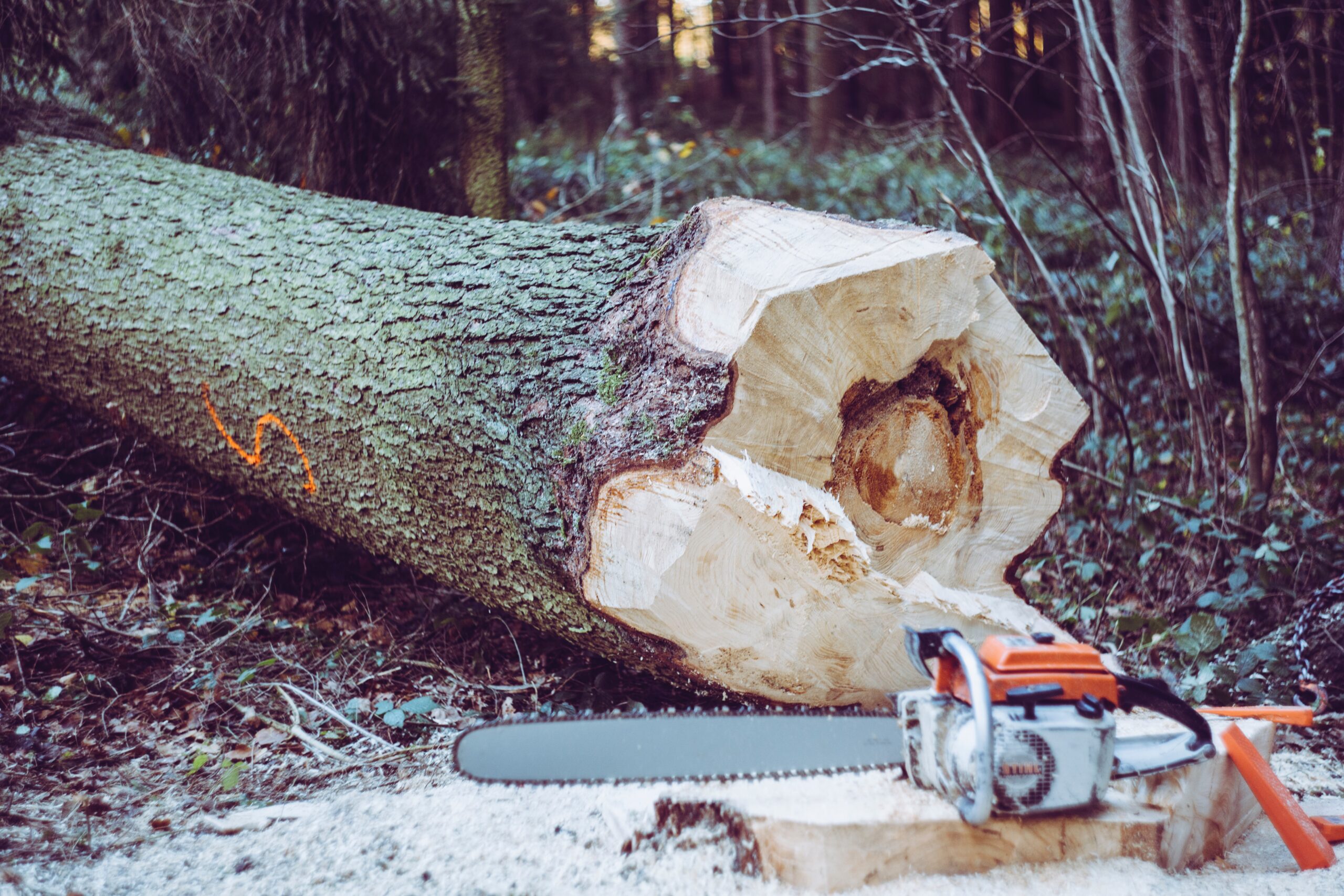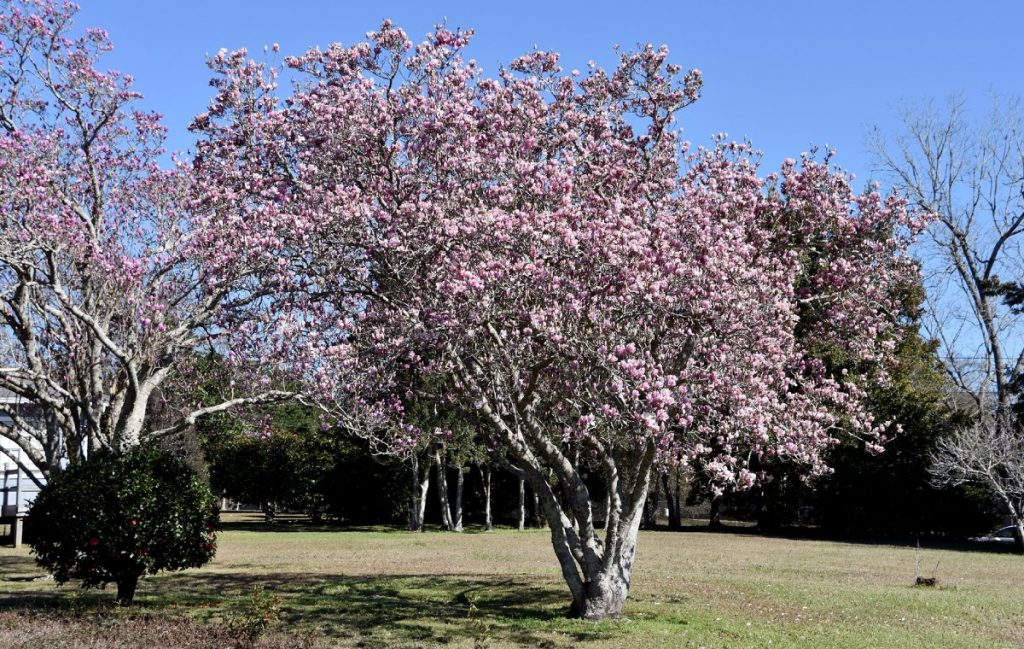
Guide to American Sweetgum Trees in North Texas
Date September 09, 2021
Category
A little about American Sweetgum Trees: you’ll recognize these trees by their characteristic star-shaped leaves and their “gumballs,” which are prickly, woody seed balls that drop off during the winter. Although that’s what makes them interesting, it’s also one thing that makes them annoying to some homeowners because they’re especially messy yard trees. But if you can put up with the mess, their fall color, which tends to hang around late into the year, makes them worth it. If you’re the owner of these trees or thinking about planting one on your property, here’s our Sweetgum tree guide with what you need to know about the American Sweetgum trees in North Texas.
American Sweetgum trees (Liquidamber styraciflua), also spelled sweet gum trees, are common throughout the United States. They make popular shade trees because of their stately nature and stunning fall color, which varies between brilliant yellow, orange, red, and purple. They get both their common and scientific names from the gummy sap they produce. Located under the tree’s bark, the sap seeps out whenever a tree is wounded. It was dubbed “liquid amber” because of its color and sweet smell. Young Sweetgum trees are known sometimes to develop woody ribbons or corky “wings” along their branches. Their bark can also develop corky ridges that become deep furrows on mature trees. Some homeowners don’t like Sweetgum trees because their spikey burr-like fruit litters the ground, but the seeds are well-liked by birds and other wildlife. If you want a Sweetgum that doesn’t produce gumballs, there are fruitless varieties available.
What to know before planting an American Sweetgum tree:
These trees are large shade trees that can grow upwards of 50 feet in urban settings and twice that in the wild. They grow in a pyramidal shape that becomes oval or rounded as they grow into maturity, and they produce both male and female flowers on the same tree. They need plenty of room for proper root development. They need at least six hours of direct, unfiltered sunlight every day. They can grow in acidic, loamy, moist, sandy, well-drained, or wet clay soils. However, they can be prone to Chlorosis when planted in shallow limestone soils. Although they are heat tolerant, they are only moderately drought tolerant, so you should monitor your Sweetgum during the summer months or periods of drought and use supplemental water to keep your tree at optimal health.
Pests and diseases of Sweetgum trees:
- Scale insects: Sweetgum trees are prone to multiple types of scale, which are sap-sucking pests that mimic various plant parts and look like disease bumps on the tree. Scale insects have a mobile stage, followed by a motionless development period once they find a satisfactory spot on the tree. Because scale insects don’t look like living things in their stationary form, they are often overlooked. Sweetgum scales, which are small yellow scales typically found in the pits of the leaves, are the most common type of scale to infest Sweetgum trees. They are also prone to the Cottony-Cushion scale, which looks white and fluffy in its adult scale form. Sweetgum trees are also sometimes attacked by Walnut scale or Calico scale. Oftentimes the insects themselves aren’t a serious problem in small numbers. However, if left unattended, they can cover your Sweetgum tree in scales. They also excrete honeydew, which can eventually develop sooty mold and block photosynthesis.
- Fall webworm and tent caterpillars: These unsightly insects that create messily, tangled webs are common pests and are one of the more serious threats to Sweetgums trees. If left unattended, the insects will multiply and expand their nests, skeletonizing the tree’s leaves as they do. If you notice these nests, you should remove them by hand while they’re small. The webs usually envelop the tree’s branches, so pruning the entire branch is the easiest and most effective way to remove the nest. If the nests are already quite large, you might need to consider a pesticide. Reach out to a certified arborist or professional tree care service for help.
- Borers: There are a couple of different borers that tend to plague the American Sweetgum. The Plum borers burrow into the tree’s bark as larvae. Look for their excrement, which is in the form of gum-like sap and a sawdust-like material called frass. If enough borers infest in your tree, it could cause serious damage to the tree’s integrity. Sweetgum trees are also sometimes infested by another type of borer called twig pruners, which create tunnels inside the tree’s twigs and small branches, causing the twigs to snap off. The larvae pupate in the fallen twigs and emerge as adults ready to reinfest the tree in the spring, so the best way to manage a twig pruner’s infestation is to collect and destroy the fallen twigs.
Do you have questions about your American Sweetgum tree? TreeNewal’s ISA Certified Arborists can help!
If you have questions or concerns about caring for your American Sweetgum, TreeNewal is a certified arborist tree service that’s ready and equipped to handle the unique needs of all trees of Dallas-Fort Worth. We have multiple ISA Certified Arborists on staff and a team of highly qualified tree care experts who can visit your property to assess your tree’s health and determine a comprehensive plan that’s customized to your yard, soil, and landscaping. When it comes to tree care in Texas, our team of tree doctors and tree surgeons are trained and experienced in diagnosing and caring for both young and old Texas trees. We offer expert tree care services such as pest and disease control, tree trimming and pruning, root aeration, tree removal, stump removal, and much more. We care deeply about tree health care and protecting your American Sweetgum trees from diseases, pests, fungus, and any other ailments. For more information about our tree care services, go to our website at treenewal.com. To set up an appointment, call us at tel:(817) 592-6846.
To learn more about Guide to American Sweetgum Trees in North Texas, TX, call our Argyle and Southlake-based teams
at tel:(817) 592-6846 or send us a message.
We’re a little different than the average tree services company.
Learn more about TreeNewal’s ISA Certified Arborists!
Our Dallas/Fort Worth-based tree doctors can explain how sustainable tree care services add more value to your bottom line.
Healthy trees, healthy lives.








